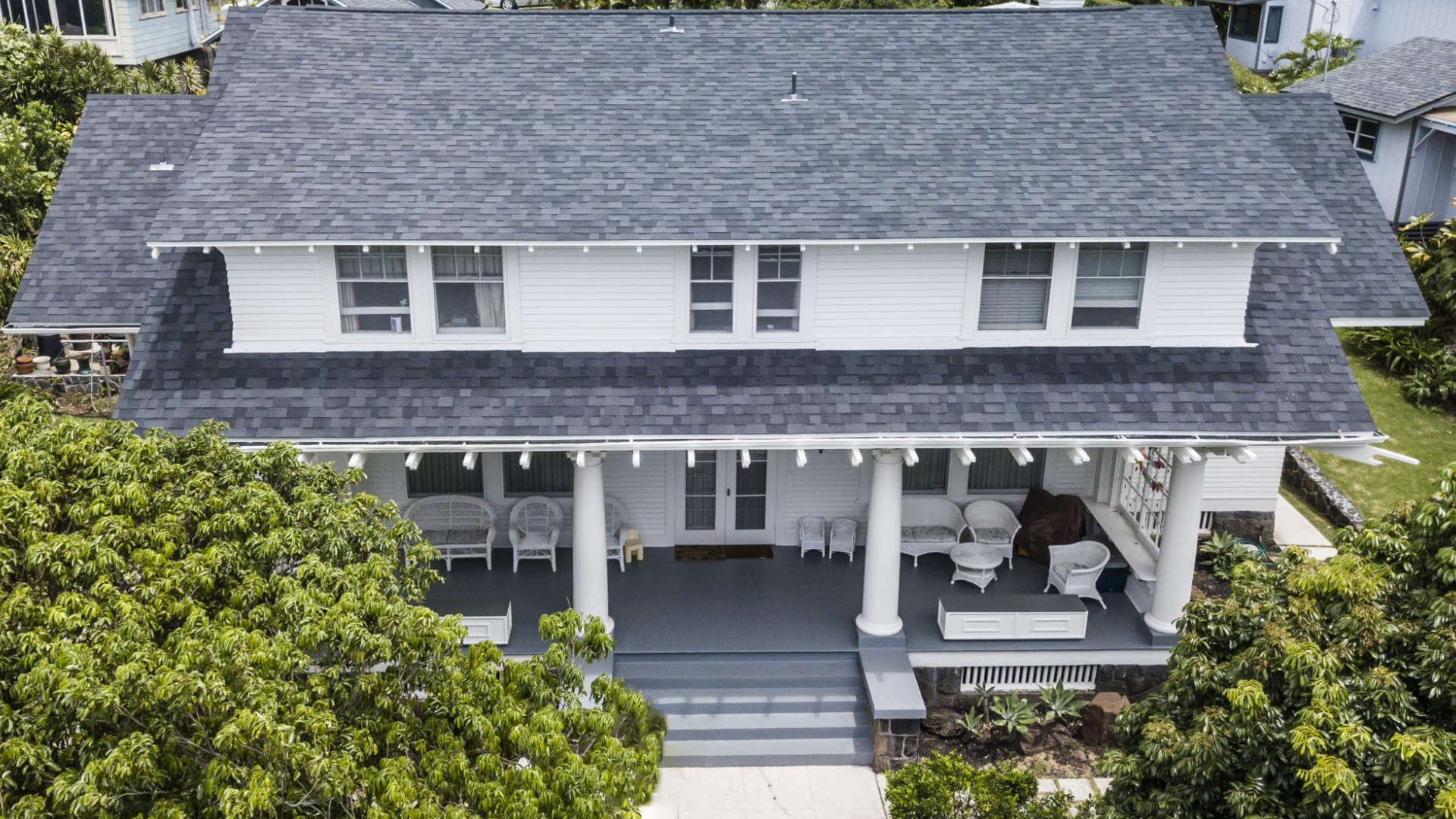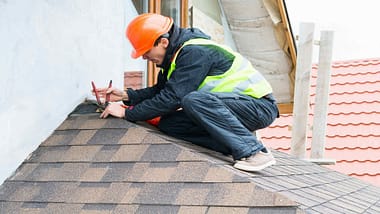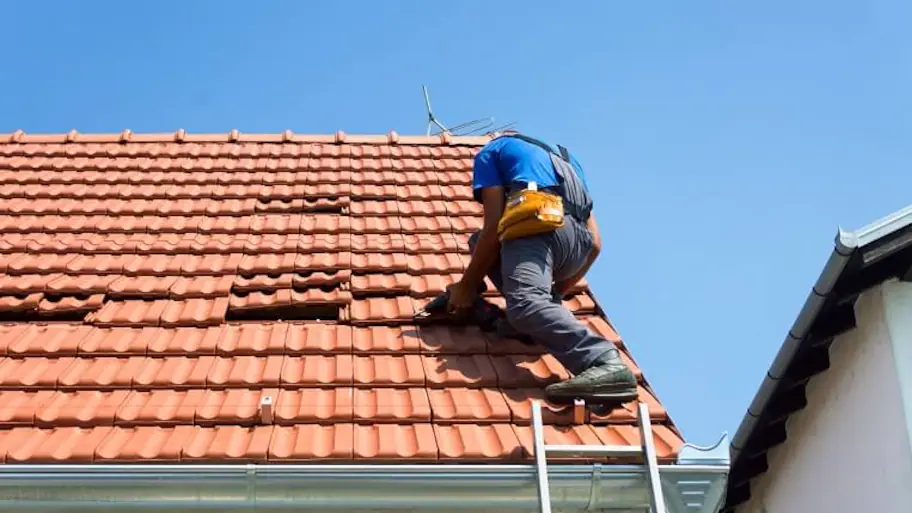Professional roofing contractors in Honolulu for residential solutions
Professional roofing contractors in Honolulu for residential solutions
Blog Article
The Benefits of Energy-Efficient Roof Covering for Lower Utility Expenses
Energy-efficient roof covering presents a compelling instance for house owners seeking to decrease their utility costs while boosting general convenience. By integrating advanced products that show warm and enhance insulation, these roof remedies can significantly reduce heating and cooling needs. This shift not only converts into immediate price savings yet also adds to the lasting resilience of the roof covering itself. As energy prices remain to climb, the implications of adopting such roof covering systems warrant a closer examination. What additional advantages might these materials use beyond simply economic cost savings?
Recognizing Energy-Efficient Roof Covering
Comprehending energy-efficient roofing begins with acknowledging its pivotal function in enhancing a building's thermal performance. Roof considerably influence a framework's power usage by controling warm transfer between the interior and outside settings. An effective energy-efficient roofing minimizes heat absorption throughout the warmer months and reduces warm loss during chillier periods, advertising a comfy living or working area while decreasing dependence on heating and cooling systems.
The design and construction of energy-efficient roofing systems include different features that add to their performance. These roofings normally include reflective materials that decrease solar warmth gain, as well as insulation layers that boost general thermal efficiency. Correct air flow is also crucial, as it aids to dissipate excess warmth and wetness, even more boosting energy efficiency.
Additionally, energy-efficient roofing can prolong the lifespan of the structure's general framework by reducing the wear and tear associated with temperature level changes. This toughness equates right into long-lasting price savings, as building owners might experience fewer fixings and replacements gradually. Ultimately, recognizing the fundamental concepts of energy-efficient roofing enables stakeholders to make informed decisions regarding building layout and maintenance, promoting sustainability and financial benefits while doing so.
Kinds of Energy-Efficient Roof Products
When selecting roof products, homeowner have a variety of energy-efficient alternatives that can considerably boost a building's sustainability. Among the most preferred materials are reflective steel roof coverings, which effectively mirror sunlight, minimizing warm absorption. This characteristic not only aids keep lower interior temperature levels yet also extends the life-span of the roof covering material.
Another exceptional selection is awesome roof membrane layers, commonly made from modified bitumen or single-ply materials. These membranes are created to show solar power and can lower cooling down costs substantially (roofing honolulu). Asphalt tiles with reflective granules can likewise enhance energy effectiveness while offering a traditional aesthetic.

Additionally, floor tile roof coverings, especially those made from clay or concrete, can contribute to energy performance because of their thermal mass, which helps manage interior temperatures. Green roof coverings, featuring greenery, deal insulation advantages and decrease city warm islands, making them a progressively popular selection for eco-conscious building owners.
Effect On Energy Bills

Additionally, energy-efficient roofings can likewise enhance thermal insulation, aiding to maintain warmth throughout cooler months. This dual functionality indicates that furnace can run a lot more effectively, more adding to lower power costs. Home owners might see a reduction in both air conditioning and home heating costs, developing a more well balanced power intake profile throughout the year.
Additionally, many energy-efficient roof covering alternatives come with longer life-spans and less maintenance requirements, which can equate to additional expense financial savings with time. By investing in these materials, homeowner can take advantage of on prompt decreases in energy expenses while also view it now enjoying long-lasting financial advantages. In recap, the impact of energy-efficient roof covering on utility costs is considerable, making it a wise financial investment for those seeking to optimize their power expenditures.
Ecological Benefits
One remarkable advantage of energy-efficient roofing is its favorable effect on the environment. These roof are made to mirror even more sunlight and take in much less heat, which significantly lowers the metropolitan warmth island impact. By lowering surrounding temperature levels, energy-efficient roofings add to enhanced air quality and minimized power demand for cooling in neighboring buildings.
Additionally, the reduction in energy intake reduces the reliance on nonrenewable fuel sources for power generation, resulting in reduced greenhouse gas emissions (roofing honolulu). This not just mitigates climate adjustment but likewise lessens the unsafe contaminants launched right into the environment, profiting both human wellness and the community

Traditional roof products may call for more regular substitute, resulting in enhanced garbage dump contributions. On the whole, the environmental benefits of energy-efficient roof covering are substantial, making it an important consideration for eco-conscious house owners and home builders alike.
Enhancing Home Value
Purchasing energy-efficient roof can significantly improve home worth, appealing to a growing market of ecologically aware buyers. As awareness of climate adjustment and sustainability surges, many potential homeowners prioritize power performance when assessing homes. A properly designed energy-efficient roofing system not only decreases utility expenses however additionally shows a dedication to environmental obligation, making a home more appealing in a competitive realty market.
In addition, energy-efficient roofing materials, such as amazing roofings and solar tiles, usually featured extensive service warranties and reduced upkeep prices, better boosting a property's appeal. This investment can result in a higher appraisal worth and can bring in buyers ready to pay a costs try this site for homes with lasting attributes.
Furthermore, energy-efficient roofings can boost total building aesthetic appeals, as lots of contemporary materials provide a range of designs and shades. This versatility enables property owners to preserve architectural stability while attaining power cost savings. Eventually, by selecting energy-efficient roof, house owners not just contribute to a more lasting future however additionally place their home for higher resale possibility, making it a wise financial investment in both performance and marketability.
Conclusion
Finally, energy-efficient roofing uses substantial advantages, consisting of reduced utility expenses, enhanced thermal performance, and ecological advantages. Using reflective materials and improved insulation not only lessens warmth absorption and loss but also contributes to reduce power intake. Additionally, these roofing options can boost property worth and need less maintenance in time. Highlighting the value of taking on energy-efficient roof covering can lead to substantial financial savings and a more sustainable living environment.
Report this page